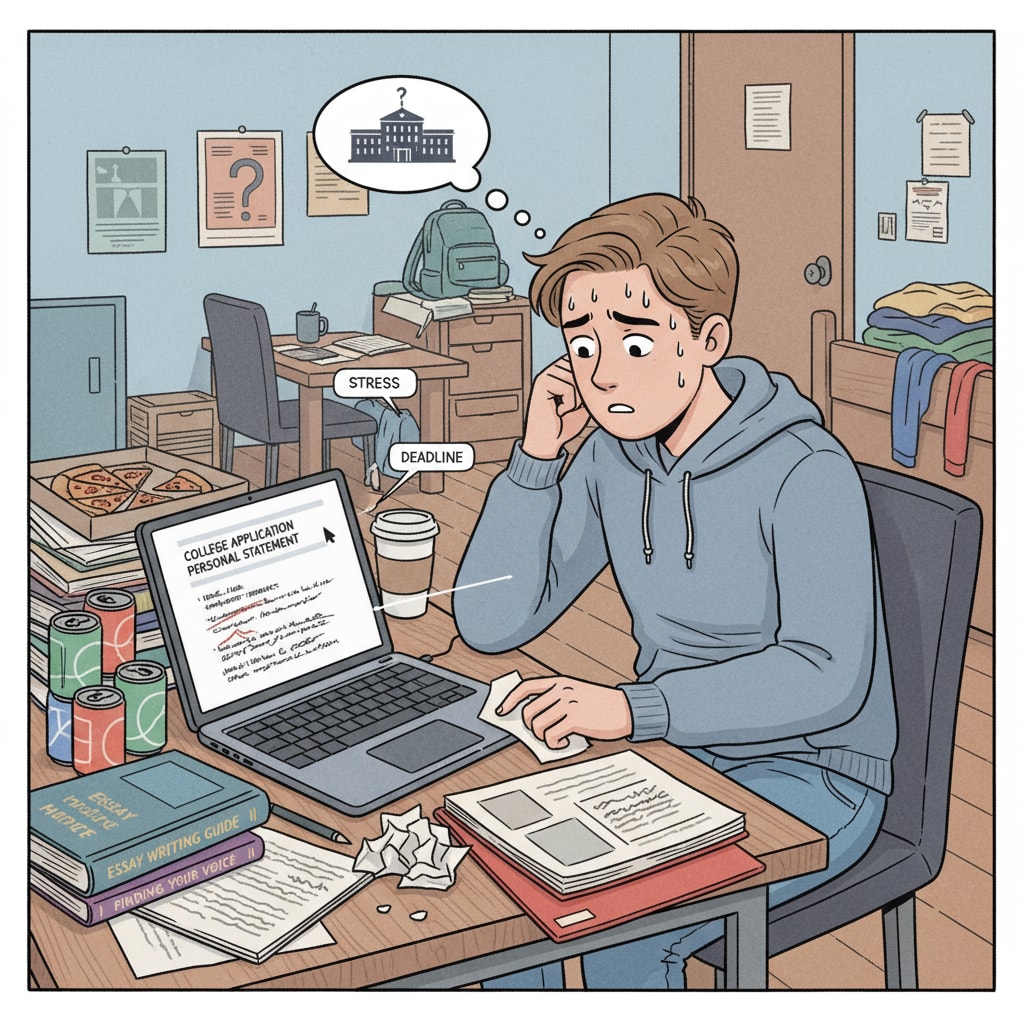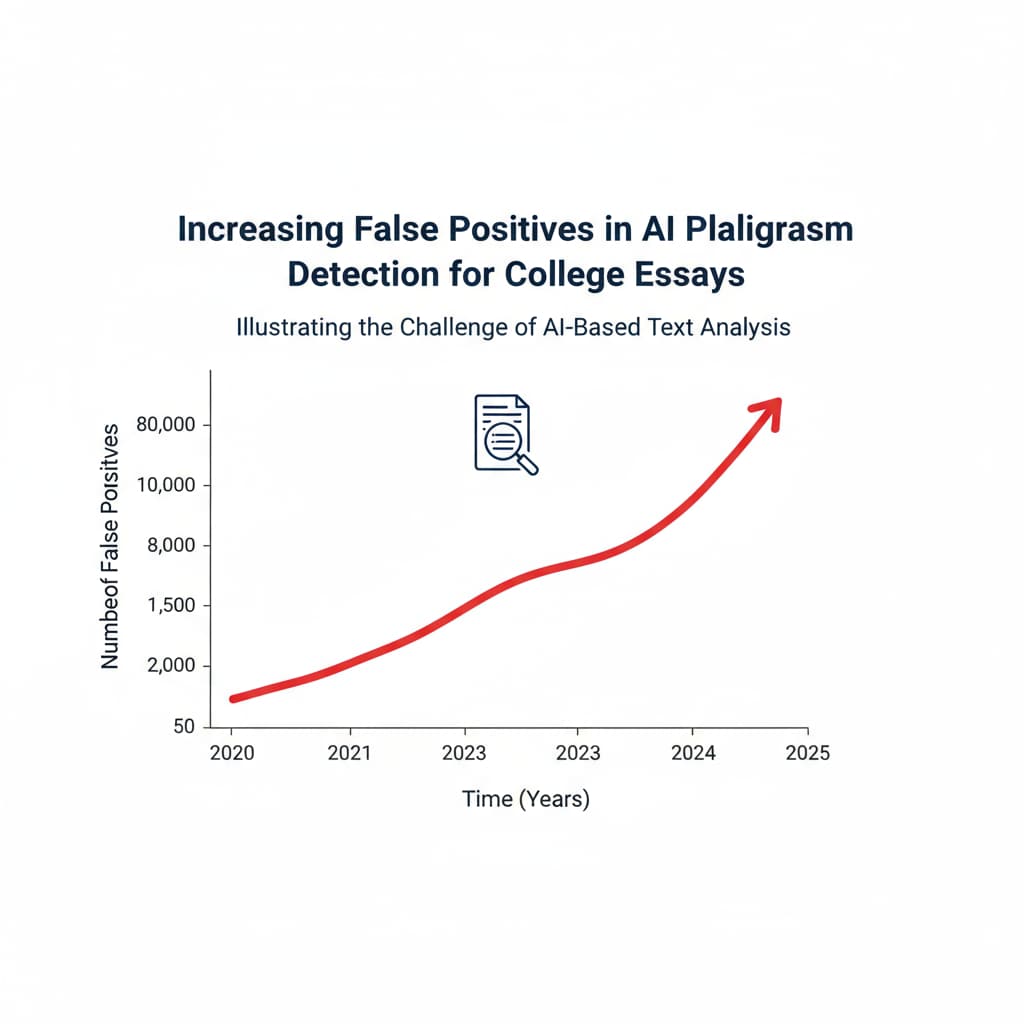In the realm of college applications, the combination of personal statements, AI detection, and the overall process has presented a new and daunting challenge for K12 students. As technology advances, AI detection tools have become a part of the college admissions landscape, but they are not without flaws. These tools are meant to identify content created by artificial intelligence, yet they are increasingly mislabeling genuine student personal statements as AI-generated, throwing students’ college dreams into disarray.

The Rise of AI Detection in College Admissions
The use of AI detection in college applications has emerged as a response to the growing concern of academic integrity. Admissions officers are wary of students using AI to craft their personal statements, which are meant to showcase an applicant’s unique voice, experiences, and aspirations. For example, with the increasing sophistication of AI writing tools, there is a legitimate fear that students might take shortcuts. According to Inside Higher Ed, many colleges are now considering or already using these tools to screen applications. However, this well-intentioned measure has led to unintended consequences.
The Dilemma of False Positives
False positives, where a real personal statement is wrongly identified as AI-generated, are a major problem. Students pour their hearts and souls into writing these statements, sharing their life stories, struggles, and hopes. But due to the limitations of current AI detection algorithms, these sincere efforts are being undermined.

For instance, students who have a more polished writing style, perhaps due to prior writing courses or extensive reading, may be flagged. This not only creates stress and anxiety for the students but also raises serious questions about educational fairness. As stated by The New York Times, the current state of AI detection in college admissions may be unfairly penalizing some students.
For students, it is crucial to be aware of the potential for false positives. They should keep records of their writing process, such as drafts and notes, to prove the authenticity of their work. Educators can play a vital role by providing students with guidance on how to write in their own voices and by vouching for the authenticity of their students’ statements. College admissions officers, on the other hand, need to take a more holistic approach. Instead of relying solely on AI detection tools, they should consider other aspects of the application, such as interviews and recommendations.
Readability guidance: By using short paragraphs and lists, we can clearly present the key points. For example, in each section, we list the problems and solutions. We also control the proportion of passive voice and long sentences. Throughout the article, transition words like “however”, “therefore”, and “for example” are used to make the flow smooth.


